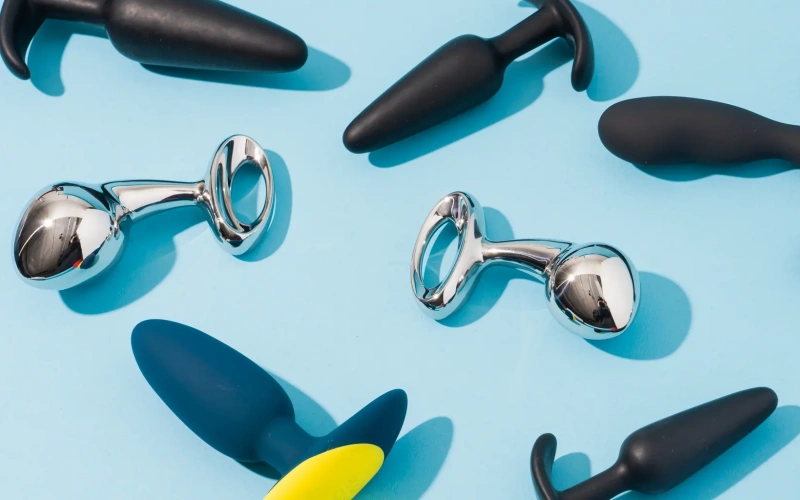Why the Penis Is Shaped the Way It Is: Evolution, Function, and Pleasure
Table of Contents
Evolutionary Perspectives
The penis’s current form is the result of long-term evolutionary pressures. Female anatomy, particularly the vagina, has played a subtle but significant role in shaping male sexual organs. As human infants’ heads grew larger over evolutionary time, the female pelvis and birth canal adapted to accommodate childbirth. This, in turn, influenced the size and shape of the penis in a way that improves compatibility and effectiveness during intercourse.
Compared to other primates, humans possess a relatively larger and uniquely shaped penis. Evolutionary pressures favored features that enhance reproductive success—such as effective sperm delivery and sexual stimulation—ensuring that these traits persisted over generations.
Functional Design
Beyond reproduction, the penis is a highly sensitive organ designed for pleasure and urinary function. The urethra runs through its center, enabling urination and ejaculation. The glans, richly packed with nerve endings, is particularly sensitive, encouraging sexual activity and enhancing reproductive opportunity.
The shaft contains erectile tissue, allowing it to fill with blood during arousal. This adaptation ensures the penis can change size and rigidity, accommodating a variety of sexual positions. Its shape thus reflects both mechanical efficiency and biological function.
Cultural and Psychological Influences
Cultural perceptions also shape how we view the penis. Historically, size and form have been linked with masculinity and sexual prowess. While these societal views may not always align with biology, they influence human behavior, mate choice, and self-image.
Pleasure and Sensation
The penis’s unique shape is key to sexual pleasure. The glans provides concentrated stimulation, while the shaft’s length and girth contribute to mutual satisfaction. The underside, where the frenulum is located, adds another hotspot for sensation.
Using a penis sleeve can further enhance these natural features. By offering a snug fit, added texture, or vibration, sleeves intensify sensation for both partners, supporting a playful, intimate experience. Understanding the anatomy can help couples explore sexual pleasure more fully.
Medical Insights
Medical research reinforces the importance of shape. Conditions like Peyronie’s disease, erectile dysfunction, or congenital curvature show that even slight deviations can affect sexual satisfaction and urinary function. This highlights how evolution optimized the penis for both reproductive success and overall health.
Conclusion
The penis is far more than a simple tube; it is a complex organ shaped by evolution, designed for reproduction, pleasure, and function. Its form is influenced by female anatomy, evolutionary pressures, and cultural perceptions, and products like penis sleeves can complement its natural design.
Whether you’re a curious learner, a sexual wellness enthusiast, or someone fascinated by evolutionary biology, understanding the penis reveals a story of nature’s ingenuity—where function, pleasure, and human culture intersect.



.jpg)
.jpg)
.png)
.png)
.png)













